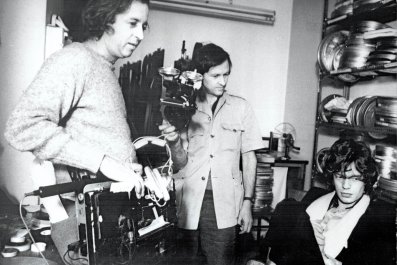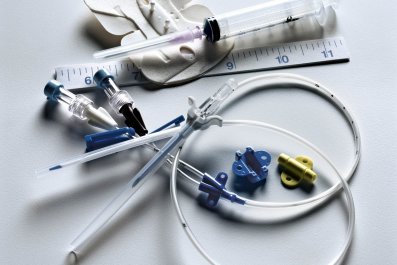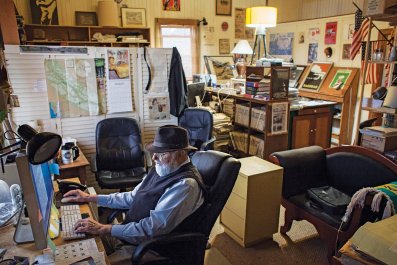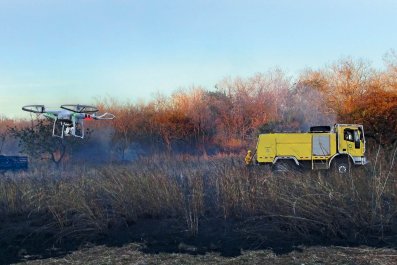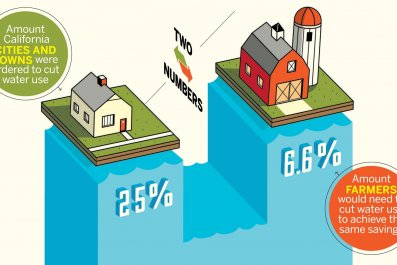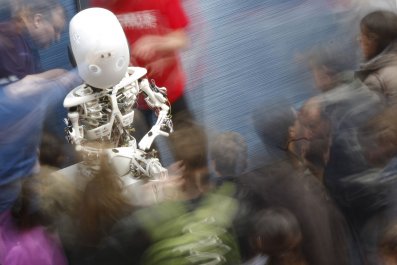Diseases such as HIV and Ebola are on the verge of being diagnosed almost instantly using paper-based technology costing less than $1.
The devices, known as biosensing platforms, are made from cheap materials including plastic film and cellulose paper. Results are captured using a smartphone camera and sent back to hospitals or clinics for immediate diagnosis.
Current HIV diagnosis can cost up $48 (45) for a negative test and $64 (60) for a positive test. Checks for Ebola cost some $100 (95), take up to six hours to produce a result and require sophisticated diagnostic equipment, the type of which is often unavailable in western Africa where the disease is especially prevalent.
The World Health Organisation estimates that there were approximately 35 million people infected with HIV at the end of 2013, almost 70% of whom were living in sub-Saharan Africa.
A single drop of blood is enough to detect the presence of pathogens including the HIV and E. coli bacteria responsible for common food poisoning.
This potential breakthrough, pioneered by researchers from Florida Atlantic and Stanford universities, could transform diagnosis particularly in developing countries.
"The methods used to test for diseases are very expensive in developing countries," says Dr Waseem Asghar, of Florida Atlantic University, who led the biosensing study.
"Our idea was to have inexpensive, robust devices which a nurse can use and test all the people in a village and then send the images back from a cellphone."
The research team is looking to expand the number of diseases that can be diagnosed using the biosensing platforms. Asghar says that they are currently developing an Ebola substitute to test the device, since they cannot access live samples of the deadly virus.
In the past 12 months, Ebola has killed more than 10,000 out of a total of 25,000 people infected in west Africa.
The platforms are still in their preliminary stages and have yet to undergo clinical trials. However, Ashgar is optimistic, estimating that they could be commercially available within a year.
"If they are produced on a large scale, I would say that in the future they could be sold for a few cents each," he says.
Researchers tested two distinct platforms, one made from thin plastic film, the other from cellulose paper. When bacteria were present, gold nanoparticles in the cellulose paper stuck to the bacteria and the paper changed colour as a result.
Other potential uses of the technology includes cancer patients being able to monitor their white blood cell counts during chemotherapy and testing for sperm fertility levels. Once used, the devices can be disposed of safely by burning.
The study's supervisor, Dr Utkan Demirci of Stanford University, says it has the potential to speed up diagnosis exponentially.
"On the top of a mountain in Africa you cannot carry a huge diagnostic machine. You need things that are simple to use and carry that result in rapid transfer," says Demirci.
"These tools are definitely going to change access to diagnostic technologies all over the world."




